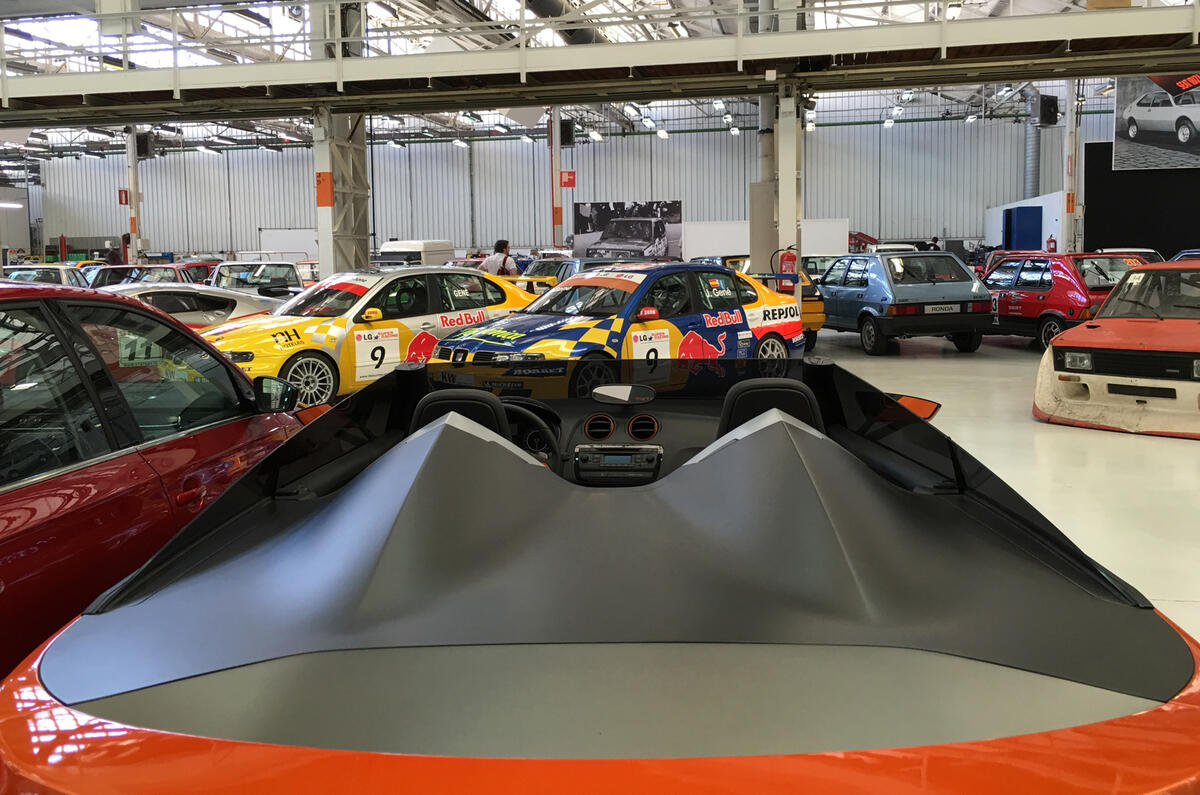More and more manufacturers are getting in touch with their history, and Seat is the latest to join the club with its ongoing heritage restorations and new digital museum.
It seems, then, that nowadays celebrating brand heritage seems to be as popular as an imminent hybrid model or autonomous tech.
There’s big money in heritage models too; success stories such as the Mini and Fiat 500 have spurred manufacturers to delve into their history and show the world their past.
So why isn’t every manufacturer in on the action? However unlikely it may be, wouldn’t it be nice to see the Mercedes 500k reborn as some sort of Morgan Aero Supersports-like Cruella de Ville-mobile? Or a resurrected Volvo P1800, complete with shooting brake offshoot?
Seat’s decision to celebrate its history without dipping its toe into the retro model water isn’t a huge surprise. Instead, it has opted to celebrate in a thoroughly modern and accessible way, which seems like a decent idea to raise brand awareness and build an enthusiast following in a new generation.
Short of making a full, physical museum, which is a costly and potentially unsuccessful venture (given an arguably limited interest in any given car brand), the thought of a similar project being undertaken by other manufacturers is both exciting and pitchable, with unlimited access, limited costs and free entry being three of the benefits.
Even beyond these reasons, it seems like a convincing strategy for pitching heritage models, gauging the interest in a past-triumph-turned-exhibit through clicks, interest and response.
Even if we aren't about to see a funky throwback model celebrating a past Seat or the Spanish car maker won’t let the Tango see the light of day, it’s an idea to which other manufacturers are bound to be paying attention.













Join the debate
Add your comment
Agree
I'd like to see more of this
Past Seats were Fiats, so